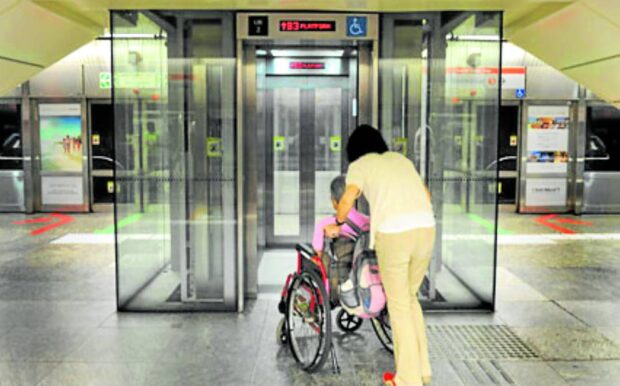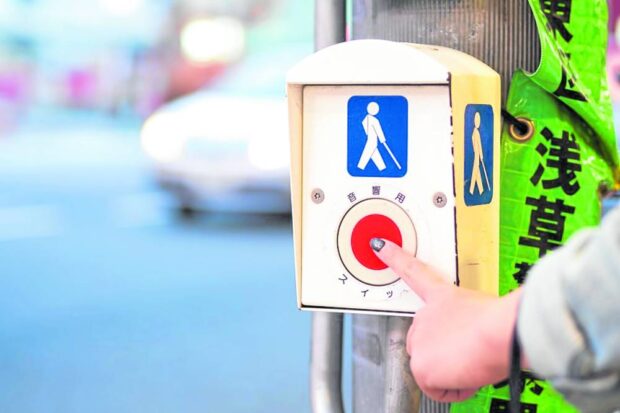Building a more accessible Philippines
In the rich tapestry of human existence, diversity is a common thread that binds us all.
This diversity is not just limited to race, religion, or culture but also extends to physical abilities and conditions. Among us are physically challenged individuals, seniors, and pregnant women. These individuals, while integral parts of our society, often face unique challenges in their daily lives due to the lack of accessible spaces.
In the Philippines, a country known for its warm hospitality and inclusivity, it is essential to extend these values to the design and development of our built environment. The act is not just a matter of legal compliance or corporate social responsibility. It is about creating a society where everyone can participate fully and live their lives to the fullest.
Current state of accessibility in the Philippines
The movement for accessible design in the Philippines began with the passage of the Accessibility Law (Batas Pambansa Blg. 344) in 1983. The law mandates the installation of facilities and devices in buildings and public utilities that would enhance the mobility of disabled persons. Despite this early legislation, the implementation and enforcement of accessibility features remain inconsistent and inadequate.
PWDs in the Philippines face numerous challenges due to the lack of accessible spaces. Many areas still need to be made available, from public transportation to buildings and digital platforms, hindering PWDs from fully participating in society. However, there have been positive developments and initiatives in recent years. More establishments are complying with accessibility laws, and there is a growing awareness on the importance of accessibility.
Implementing accessibility in design and infrastructure
Achieving this aspiration requires a paradigm shift in how we approach the design and development of our built environment. We must integrate accessibility into every stage of the design and development process, from the initial planning stages to the final construction and maintenance.
Moving forward involves adopting universal design principles, which ensure that all people can access, understand, and use spaces and facilities to the greatest extent possible, regardless of their age, size, or disability. It also fosters a culture of inclusivity within the design and construction industry, where accessibility is seen not as an afterthought but as a fundamental aspect of good design.
It can also benefit economically, as accessible businesses and services can attract a broader customer base. Ultimately, designing for accessibility is about creating a society that values and respects all its members. It is about recognizing that everyone has the right to operate with dignity and respect regardless of physical abilities.
Design guidelines for Accessibility
Designing for accessibility involves considering various elements, such as ramps, toilets, corridors, and public spaces. Ramps, for instance, should have a gentle slope and non-slip surfaces. Accessible toilets should provide enough space for wheelchair users, with grab bars installed for support. Corridors should be wide enough for wheelchair users to pass comfortably, and public spaces should have clear signage and tactile paths for those with visual impairments.
These are just a few examples of the many considerations designers and developers need to make when integrating accessibility. It is a complex and multifaceted process that requires a deep understanding of the growing needs and experiences of different individuals. But with the proper knowledge, skills, and attitude, it is a challenge we can overcome.
The author (www.ianfulgar.com) is one of the leading architects in the Philippines who assists local and international clients in enhancing hotels, condominiums, museums, and commercial and mixed-use township developments with distinctive and forward-thinking design specialties for the real estate industry



